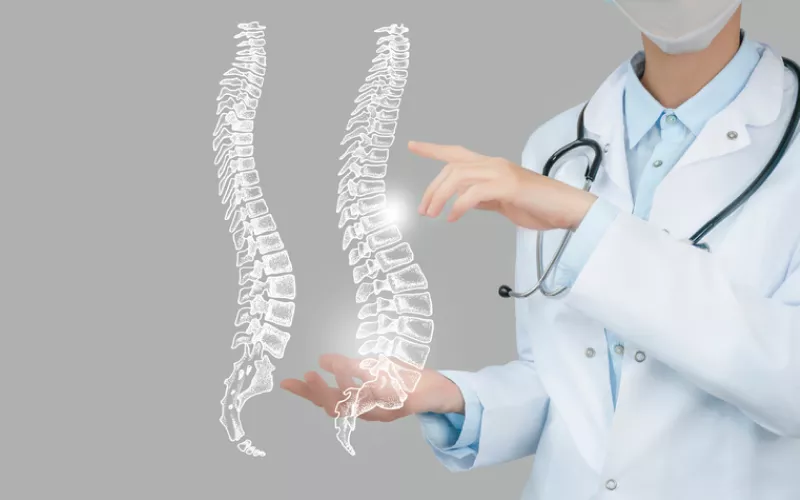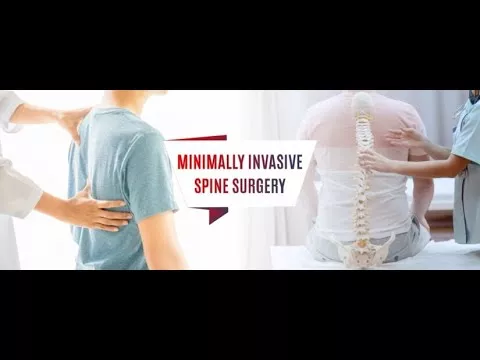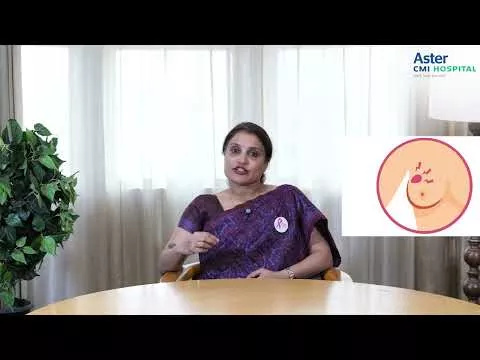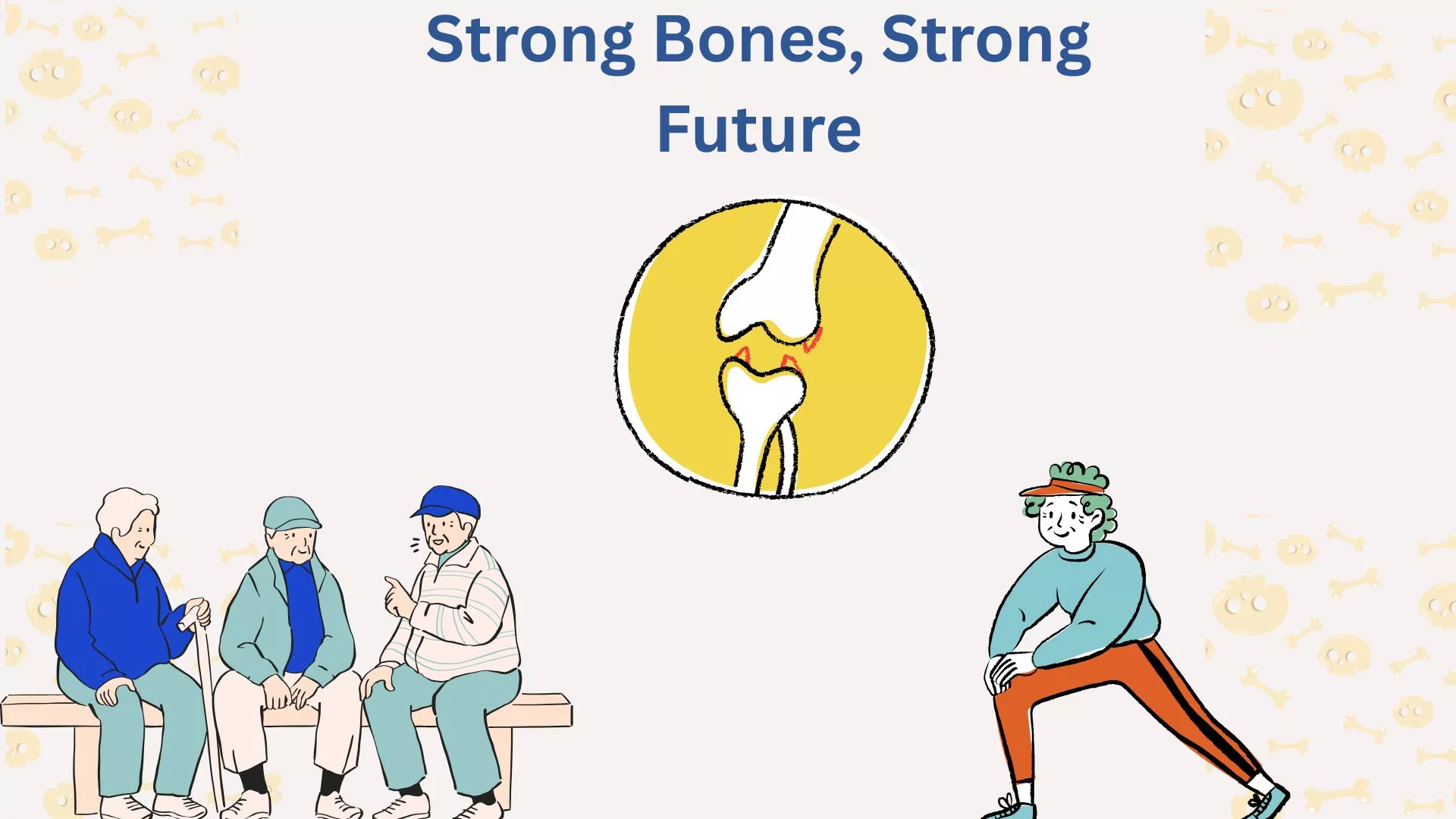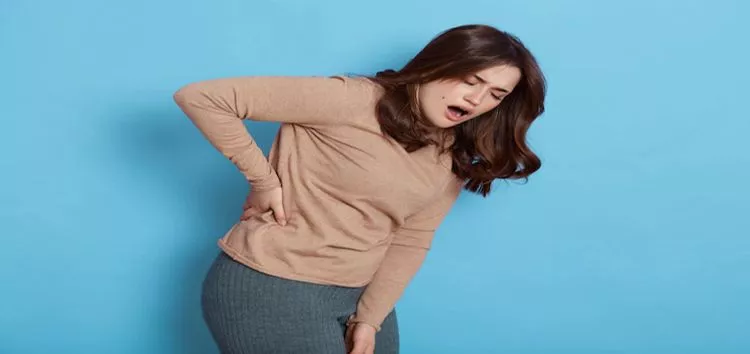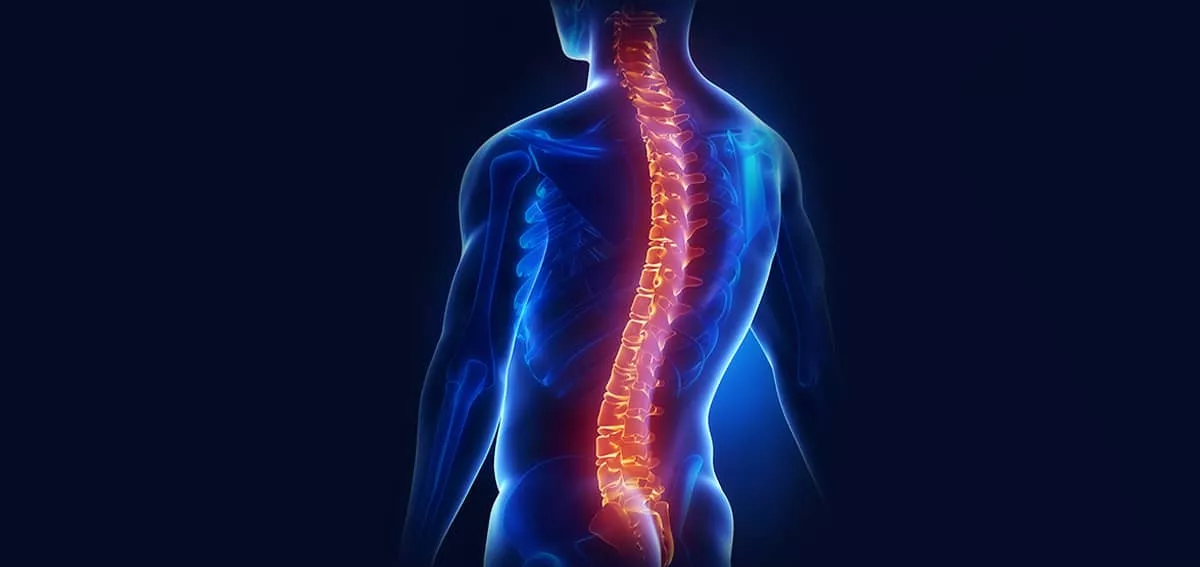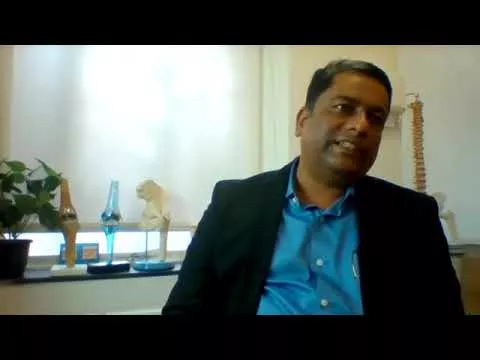Back pain is a prevalent issue that impacts individuals of all ages. A variety of factors can contribute to it, including injury, poor posture, and muscle weakness. While back pain can be acute, it can also be chronic and incapacitating. There are several things you can do to reduce your chances of developing back pain or to lessen the severity of existing back pain. Maintaining strong and healthy joints is one of the most important things you can do. Joints are the physical connections between bones. They enable us to move our bodies and carry out daily activities. The knee and elbow joints are two of the body's most important joints. They are in charge of supporting our weight and allowing us to move. When our joints are in good condition, they can help to prevent back pain. When our joints are weak or injured, they can put additional strain on our backs and cause pain. For chronic or severe cases, consulting a Spine Care Hospital in Hebbal Bangalore can help in diagnosing and treating spine-related issues effectively.
Understanding Joints and Their Connection to Back Pain
Bones, cartilage, ligaments, and tendons make up joints. The bones are the solid structures that assist and structure the body. The cartilage is a soft, rubbery tissue that cushions and protects the bones from rubbing together. Ligaments are hard tissue bands that attach the bones. Tendons are strong cords of tissue that link muscles to bones. The knee and elbow are synovial joints. The synovial joint is the most popular type of joint in the human body. They are distinguished by a fluid-filled sac known as the synovial capsule. The synovial fluid lubricates the joint and aids in friction reduction. Our mobility is dependent on the knee and elbow joints. They enable us to walk, run, climb stairs, and perform other activities. They are, however, vulnerable to injury. Injuries to the knee or elbow joint can result in pain, swelling, and stiffness. In some cases, the injury can result in permanent joint damage. Joint problems can also cause back pain. When the knee or elbow joint is frail or injured, the spine is put under more strain. This can result in lower back, neck, or shoulder pain. Consulting experienced Spine Surgeons in Hebbal Bangalore can provide the right evaluation and treatment to restore spinal alignment and relieve pain.
Types of Joints in the Human Body
The human body has six types of joints:
- Fibrous joints: These joints are held together by fibrous tissues that are very strong. They won't let you move much.
- Cartilaginous joints: Cartilage holds these joints together. They allow for only limited movement.
- Synovial joints: Synovial joints are the most familiar type of joint in the human body. They have a wide range of motion.
- Gliding joints: Gliding joints allow bones to slide over one another. They are most commonly found in the wrist and ankle.
- Ball-and-socket joints: Ball-and-socket joints allow for a wide range of motion in all directions. They can be found in the shoulder and the hip.
- Hinge joints: These joints are only capable of moving in one direction. They are located in the knee and the elbow.
Understanding Joint Pain
Many conditions, including arthritis, injury, and infection, cause joint pain. Overuse or repetitive movements can also contribute to it. Joint pain can be mild to severe. It can be either continuous or intermittent. It can be limited to one joint or affect several. Other symptoms, such as swelling, stiffness, and redness, may accompany the pain.
The Interplay between Joints and Spine Health
Maintaining good posture requires the use of the knee and elbow joints. When these joints become weak or injured, the spine may compensate by curving or rotating. This can result in back pain. Furthermore, the knee and elbow joints aid in shock absorption and weight distribution throughout the body. When these joints do not function properly, they can put additional strain on the spine. This can also result in back pain.
Lifestyle Tips for Maintaining Strong and Healthy Joints
- Keeping a healthy weight: Excess weight places additional strain on the joints. Losing even a small amount of weight if you are overweight or obese can assist with minimizing joint pain.
- Maintaining physical activity: Regular exercise helps to keep joints strong and flexible. Strive for thirty minutes of moderately vigorous exercise through most days of the week.
- Avoiding inactivity for extended periods: Long periods of sitting or standing can cause stiffness and pain in the joints. Every 20-30 minutes, stand up and move around.
- Using proper form when exercising: When exercising, use proper form to help prevent injuries. If you are new to exercise, begin slowly and gradually increase the intensity.
- Stretching regularly: Stretching regularly helps to keep muscles and joints flexible. Stretch after every workout and before going to bed.
- Eating a healthy diet: Eating a healthy diet provides the nutrients your joints require to function properly. Consume plenty of fruits, vegetables, and whole grains.
- Stress management: Stress can aggravate joint pain. Find healthy stress-management techniques such as yoga, meditation, or tai chi.
- Getting enough sleep: Getting sufficient rest is important for overall health, including joint health. Try getting 7-8 hours of sleep per night.
- Using a supportive mattress: A supportive mattress can aid in the alleviation of back pain.
Exercises for Strong Joints and a Healthy Spine
- Walking: Walking is a low-impact exercise that is gentle on the joints. Aim to walk for at least 30 minutes most days of the week.
- Cycling: Cycling is another low-impact exercise that is beneficial to the joints. It also aids in the strengthening of your core muscles.
- Swimming: Swimming is a great way to exercise all of your joints without putting them under too much strain.
- Yoga: Yoga is an excellent way to increase joint flexibility and strength.
- Pilates: Pilates is a low-impact exercise that emphasises core strength. It is also an excellent way to improve posture.
It is critical to see a doctor if you have persistent joint or back pain. The doctor can determine the source of your pain and suggest treatment options. Physical therapy, medication, or surgery may be used as treatment options.
